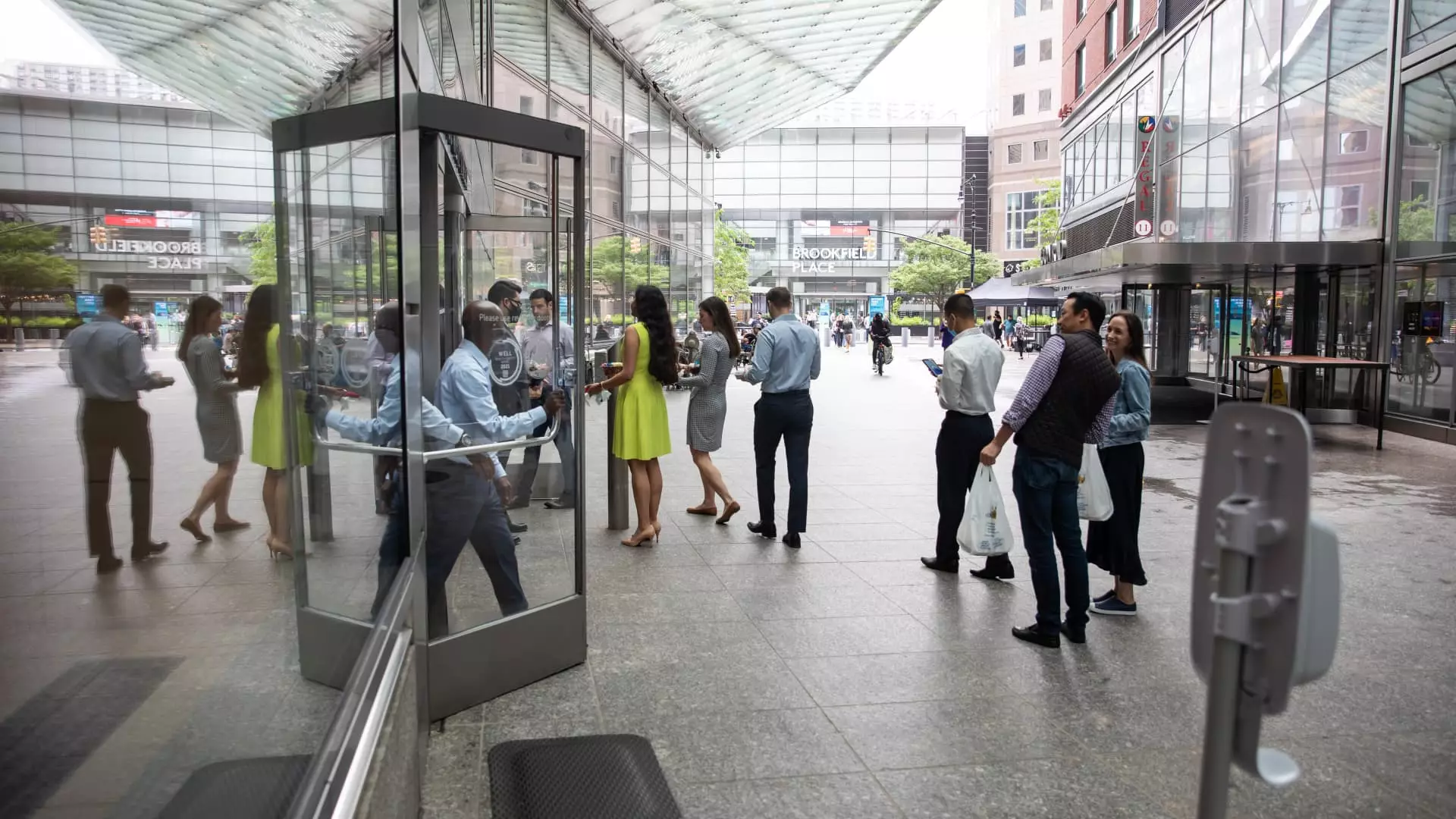In a revealing twist for the American economy, the sentiment among top executives has taken a decidedly pessimistic turn. Recent data suggests that an overwhelming 62% of CEOs anticipate entering a recession or experiencing other economic downturns within the next six months. This finding is alarming, particularly when we compare it to the 48% figure from just a month prior. The rapid uptick reflects a concerning trend among corporate leaders who once harbored more optimistic views about future business conditions but are now facing stark realities.
By surveying over 300 CEOs, Chief Executive magazine has effectively captured the mood of America’s business elite, and the results are sobering. What’s particularly disconcerting is not just the percentage but the factors influencing these predictions. Volatility in financial markets, predominantly fueled by the erratic tariff policy articulated by former President Donald Trump, has instigated a noticeable panic among the CEOs. Their reservations are more than mere business strategy; they stem from tangible threats affecting everything from consumer demand to supply chain stability. As businesses grapple with these issues, the specter of recession looms larger.
Tariffs: The Thorn in CEOs’ Sides
The impact of tariffs has emerged as a significant concern, with about three-fourths of executives claiming that such trade policies would critically harm their businesses by 2025. The troubling reality is that nearly two-thirds of these leaders stand against the proposed levies. Surprisingly, many of these tariffs are temporarily on hold, yet the anticipation of their escalation is creating an undercurrent of fear. This discord among political and economic spheres is generating confusion and despair among business leaders who thrive in stable environments.
Moreover, the deteriorating index of CEOs’ perceptions is alarming. A staggering 9% drop in their views on current business conditions in April is particularly concerning—this represents a continued decline following an earlier plunge of 20%. Statistically, the index stands at its lowest point since the early COVID-19 pandemic, a stark reminder of how quickly confidence can erode in volatile climates.
Cost Projections and Profit Forecasts: An Economic Dilemma
When evaluating the metrics for businesses moving forward, the concerning figures become all too clear. Over 80% of the executives surveyed project a spike in costs this year, with roughly half estimating that expenses will increase by double digits. Such significant hikes in overhead will naturally burden both small and large enterprises, sparking critical questions about sustainability.
These financial pressures come at a time when only 37% of executives are optimistic about their companies’ profits increasing—a 39-point drop since January. The sharp decline signifies not merely a blip in confidence but an underlying crisis of faith in economic recovery. If executives, who are typically risk-takers and trendsetters in their industries, are expressing such dire forecasts, it raises alarms about the overall health of the U.S. economy.
A Glimmer of Hope Amid the Chaos
Despite the bearish sentiment, it is crucial to highlight that the survey did reveal some nuanced levels of optimism. Slightly more than half of the respondents expressed a belief that business conditions would improve over the coming year, marking an increase from just 39% the previous month. This flicker of hope suggests that not all is lost. With any economic downturn, there is also the potential for renewal and innovation, especially as businesses recalibrate their strategies to adapt to new realities.
Furthermore, the temporary tariff relief announced recently appears to provide some executives with a sense of reprieve, albeit short-lived. Exempting products like smartphones and PCs from tariffs offers a small silver lining amidst the tumult, yet the uncertainty surrounding these exemptions is palpable.
However, the cautionary voices from figures like JPMorgan Chase CEO Jamie Dimon and BlackRock CEO Larry Fink serve as a stark reminder of the fragility of America’s economic landscape. As we progress deeper into this volatile territory, it becomes imperative to navigate these waters wisely, without veering into pessimism that could become self-fulfilling.

